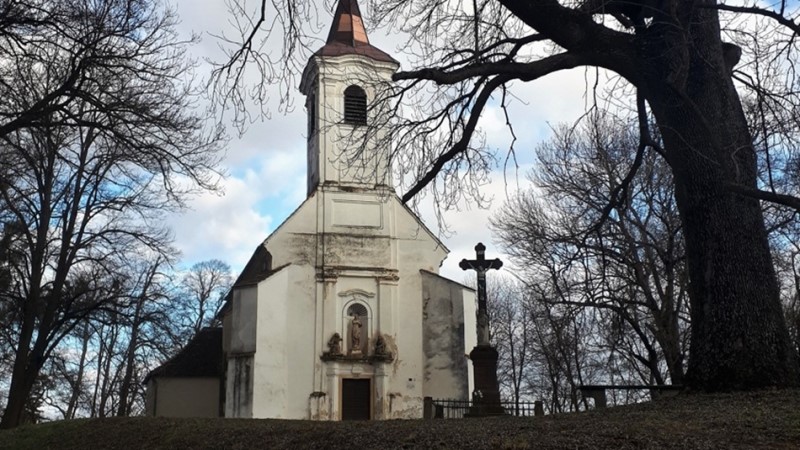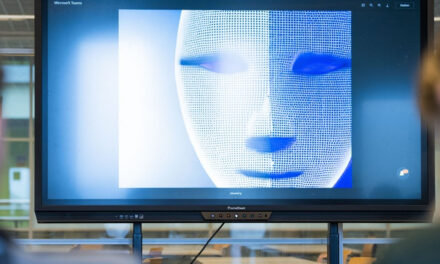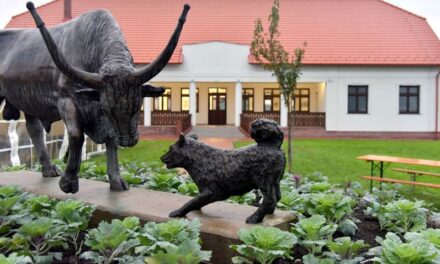August 22, 2022 is a historic day in the history of Nagyvázsony and the Kinizsi researches - writes the Vázsonykő blog .
On the 550th anniversary of the donation of Pál Kinizsi's estate in Vázsonykő, research is being launched for the first time in order to find the remains of the undefeated Hungarian general and his successor, Márk Horváth.
However, in addition to these findings, the excavation is also trying to find answers to several rather interesting questions.
The excavation will be led by Sándor Ádám Pátkai, an archaeologist at the Lackó Dezső Museum, and his deputy will be Zsombor Győrffy-Villám, an archaeologist at the Janus Pannonius Museum in Pécs and a doctoral student at Pázmány Péter Catholic University. The originator and organizer of the excavation is dr. Csanád Kandikó, local historian and lawyer from Nagyvázsony. The excavation is being carried out with the support of Veszprém-Balaton, the European Capital of Culture 2023, and is organized by the Black Army Youth Association.
The site of the excavation is the medieval cemetery of the Szent István church in Nagyvázsony. The church is located in the northern (lower) part of the settlement, not far from the gas station. At least 25 volunteers from 8 European countries and several archeology students are participating in the excavation. The excavation is carried out according to the principles of community archaeology, which means that it will be completely open to the public, and anyone can participate.
The excavation will begin on August 22, 2022, and will last until September 28, 2022. There will be an average of 4-5 digging days per week.
The official opening ceremony will begin on Saturday, August 27, 2022, at 5:00 p.m. in the forecourt of the Szent István Church. By that time, the attendees will be able to see the first steps of the archaeological excavation.
One of the central objectives of the excavation is to find the remains of Pál Kinizsi and Márk Horváth.
According to the sources, the tombs of Kinizsi and Horváth in Szent Mihály Monastery were ransacked by treasure hunters in 1708, and Kinizsi's pallos and rolling pin were taken. The remains were collected by the manor officer and buried in the cemetery of the village's contemporary church, the Szent István church renovated by Pál Kinizsi in 1481. Exactly where is covered by darkness, one of the aims of the excavations is to shed light: where the two gentlemen from Vázsonykő can rest.
Follow the Facebook page , Instagram and blog of Vázsonykő, the Black Army Youth Association, and the Laczkó Dezső Museum about the developments of the excavation!
Source: Mandarin













